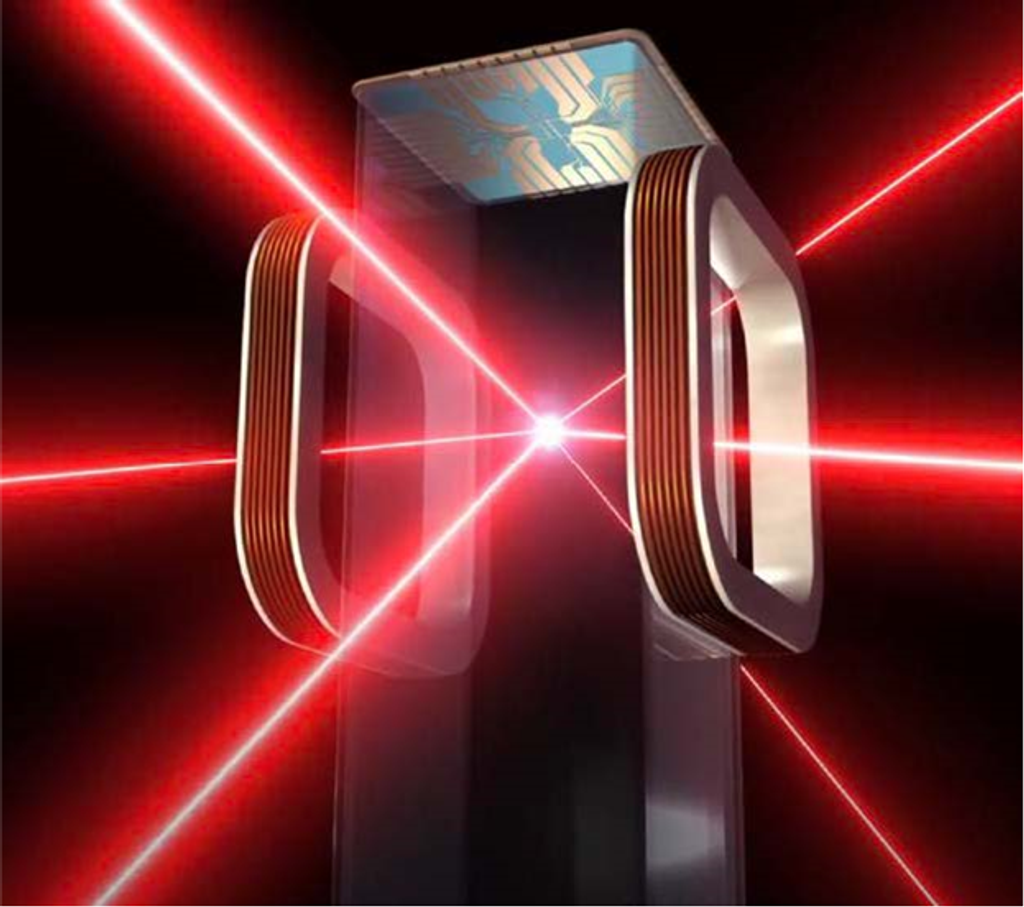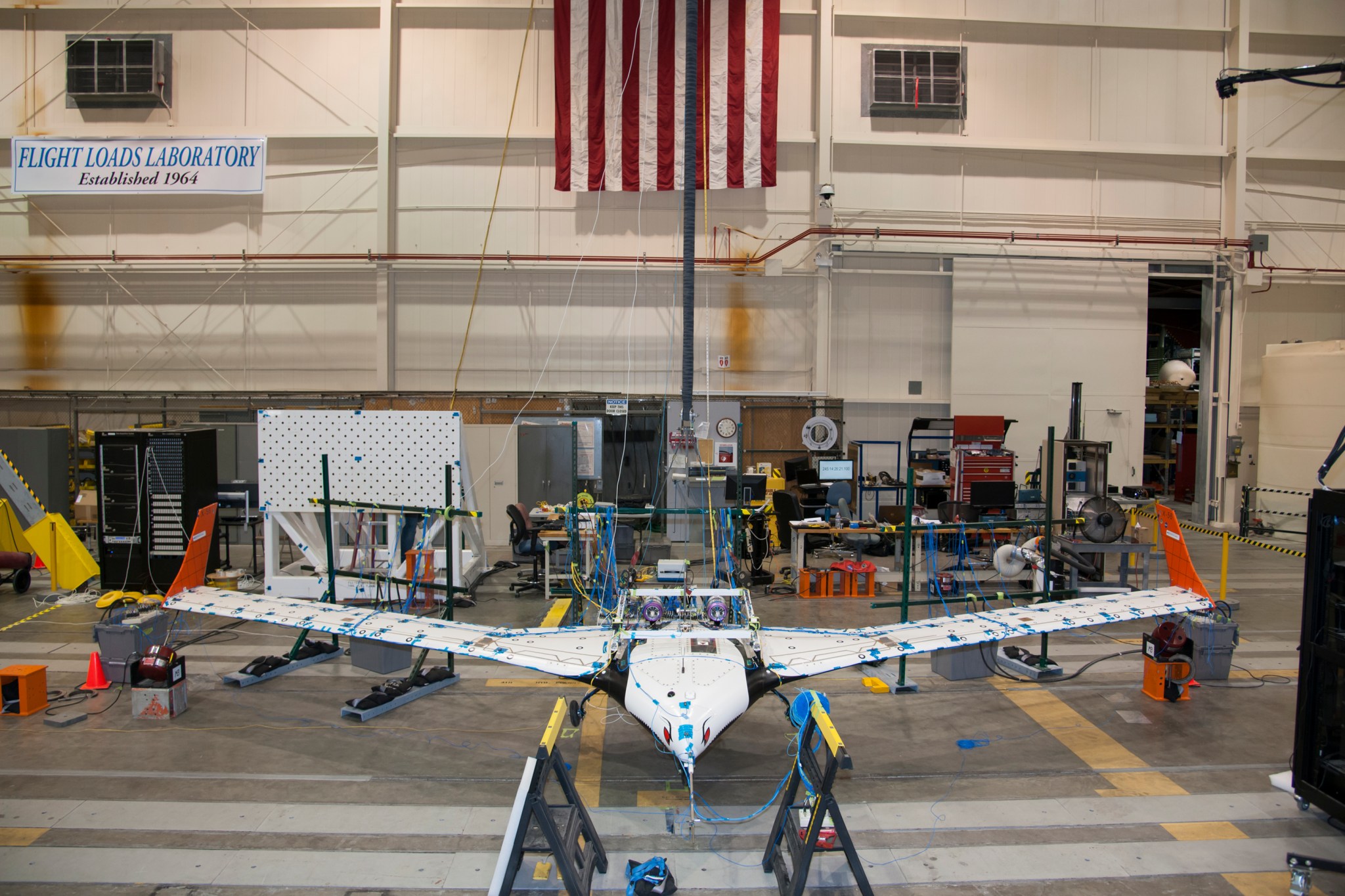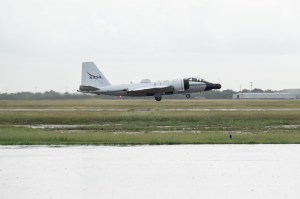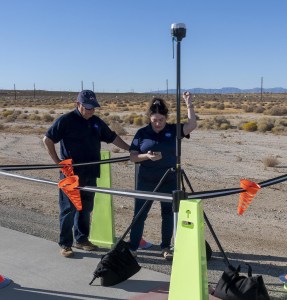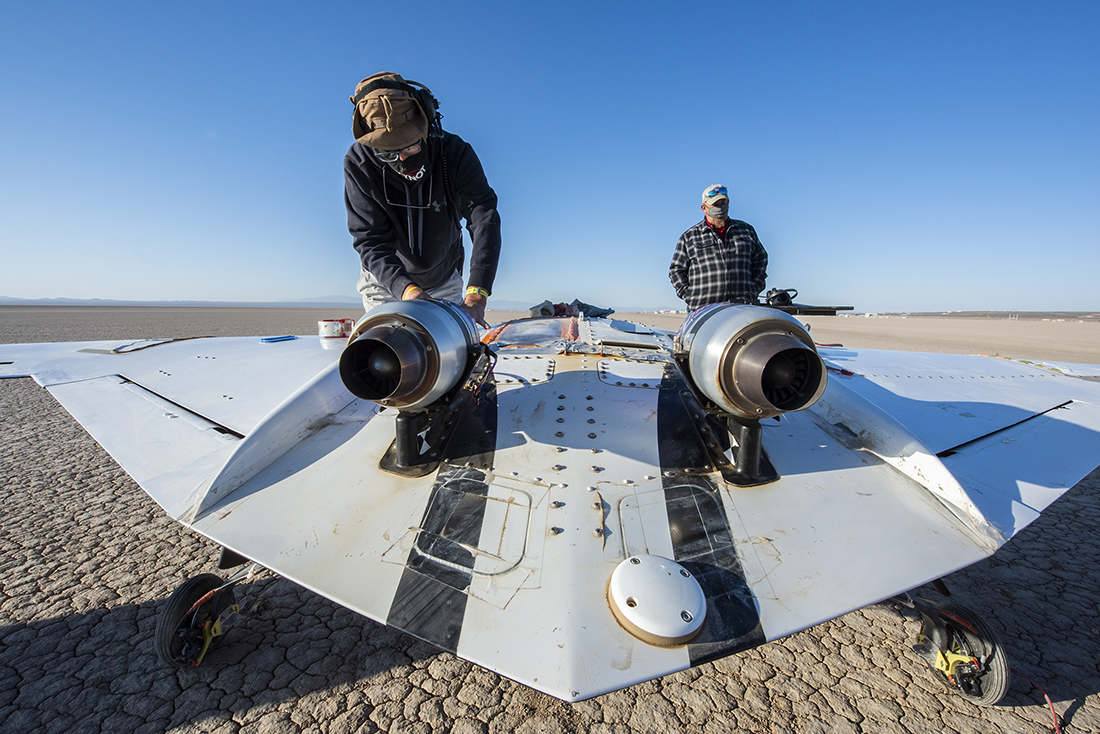The Aerostructures branch at NASA’s Armstrong Flight Research Center in Edwards, California, is a highly integrated team that covers the breadth of the airframe structures disciplines, including static structures, structural dynamics, external and aerothermal loads, and hot structures. The team is also well versed in traditional and advanced structural instrumentation technologies.
The strength of the branch is its talented engineers who each have experience in analysis, ground test, and flight test. This breadth of experience allows NASA Armstrong engineers to appreciate the advantages and limitations of each of these areas as flight projects are developed and progress from design and analysis to ground test to flight and to provide expertise to ensure safe and effective missions. The branch has resident experience in flight projects that range from extremely lightweight, high-altitude aircraft to transports and high-performance military aircraft to hypersonic vehicles.
Thermal/Structural Analysis
- Static structural analysis
- Aerothermal and thermal analysis
- Flutter analysis
- Aeroservoelastic analysis
- External loads analysis via CFD and handbook methods
Flight Envelope Expansion
- Definition, use, and analysis of in-flight loads and deflection measurements
- Structural envelope expansion planning
- Structural hazard identification and risk management
- Real time monitoring for safety and mission success
Ground Test Capability
- Ground vibration tests (GVT) on full-scale vehicles or sub-components
- Static loads test, including instrumentation calibration and proof tests on rigid and flexible structures
- Aerodynamic heating simulations (greater than 3000 °F) with simultaneous load capability
- Flight Loads Lab
Advanced Sensor Technology
- Photometric flight deflection measurements
- Strain measurements on flexible structures
- Fiber-optic strain measurements
- Applied to ultra-lightweight aircraft and hot structures
Research Interests
- Advanced structural sensor technologies for lightweight applications, structural health monitoring, structural control, and extreme temperature environments.
- Active aeroelastic control for weight reduction and/or performance enhancement
- Morphing structures and advanced actuation technologies
- Hot structures and thermal protection systems for hypersonic vehicles
- External and internal loads for advanced vehicle configurations
- Lightweight structures with advanced materials
- Multi-disciplinary analysis optimization















